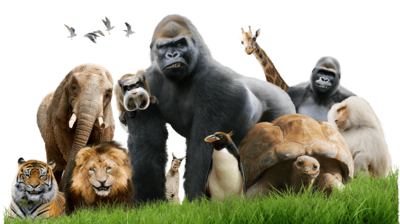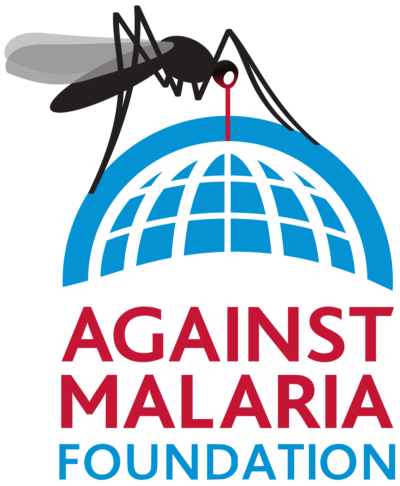Using cryopreservation, it is possible to freeze biological material, to ensure the conservation of the gene pool of endangered animals as a resource of the planet’s biodiversity. True, the mechanism here is quite complex, for each animal species it is necessary to develop its own method of genome conservation. Today, around the world there are 22 genebanks that are located in museums, scientific institutes and other institutions. Cryopreservation of germ cells of endangered wild animals is extremely slow due to the complexity of studying the details of the process of reproduction of these species and their inaccessibility. At www.screenhaus.de you can get more information about this.
Advocacy for the protection of flora and fauna

This method involves informing the population about the state of the fauna, and it is also aimed at creating a careful attitude to natural resources in general and animals in particular. The organization of various exhibitions, excursions, ecological trails and other events serves this purpose.
Development of rules and norms of human behavior in nature
Even if in ordinary life a person rarely encounters endangered species, this does not mean that he cannot contribute to a reduction in their population. As we have said, everything is interconnected. The garbage left in the forest, an undamped bonfire, dirty water or gasoline drained into the river – all this carries a danger to natural ecosystems.
Creation of various environmental programs
Measures for the conservation of rare species of wild animals are taken at the state, regional or local levels. Various programs include control over the release of substances that poison the environment, the distribution of land for protected areas, the creation of environmental supervision, etc.
Promoting animal acclimatization and acclimatization
The resettlement of populations of raised animals is not an easy task. If we are talking about acclimatization, that is, the development of a new territory by the beast, then it is not so often successful. Still, it is difficult for a person to foresee all the features of the biocenosis and its interaction with the species. Much more successful is re-acclimatization, that is, restoration of a population in its former habitat. If the territory has not had time to change much, such events take place safely.
All these measures involve large-scale actions, but each of them is based on the will of individuals, providing movement of the entire mechanism.
Ways to save wild animals: local level
Some events can only be organized by large environmental organizations, others by individual people in each country. But in the conservation of rare endangered species of animals, regional, point, local efforts are no less important than large-scale ones.
Rational use of flora and fauna
Even in the last century, the fact of the exhaustion of natural resources became apparent. Therefore, everyone needs to abandon their uncontrolled use. Restricting hunting and trapping of commercial species of animals helps to reduce the rate of their reduction, but not significantly.
Protection of habitats of animals from pollution, destruction
In this regard, the transition in low-waste production, reduction of pollutant emissions into water, and control over deforestation and restoration are of importance. Today, 30% of the world’s oceans are already covered with oil film this significantly reduces the amount of plankton, the food supply for many fish. Forests disappear at a tremendous pace, about 4.5 billion m 3 are cut down annually.
Endangered Species Protection – Creating Reserves and Sanctuaries
Territories at the state level protected from the destructive influence of human actions are of great importance for the conservation of species in natural conditions. Today there are about 110 protected areas they occupy approximately 170,000 km 2.


